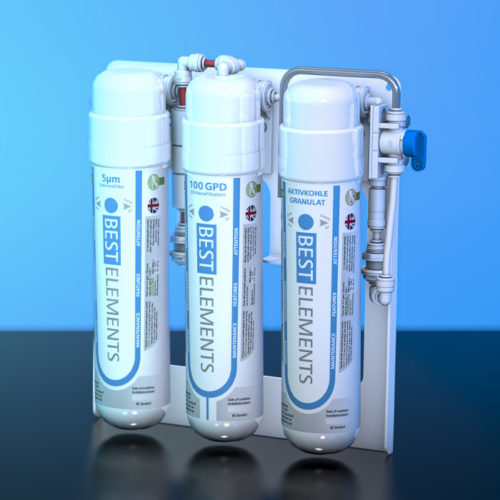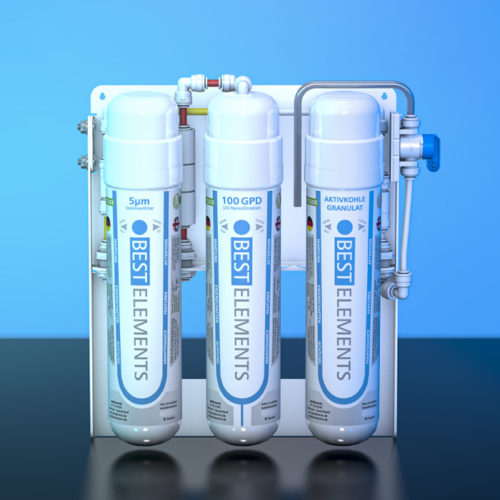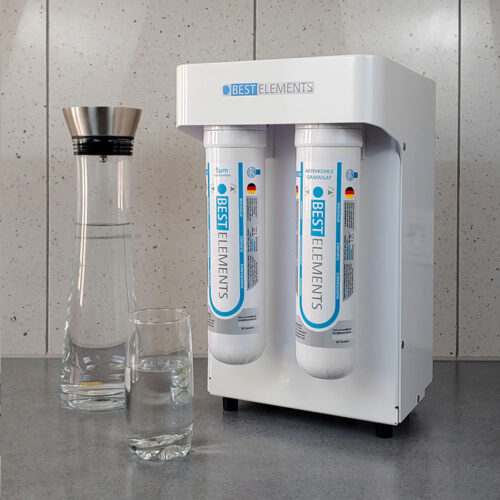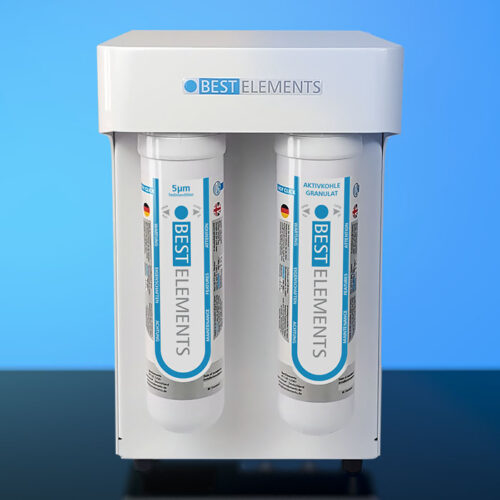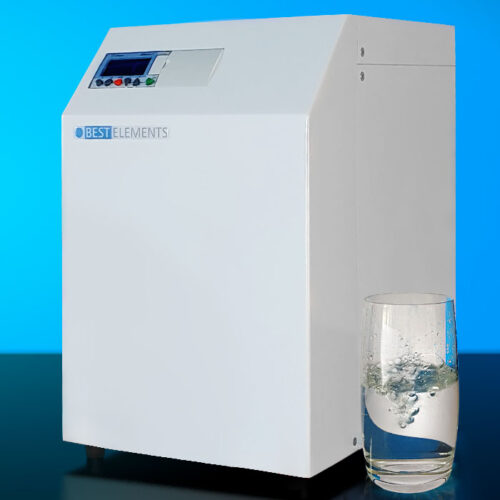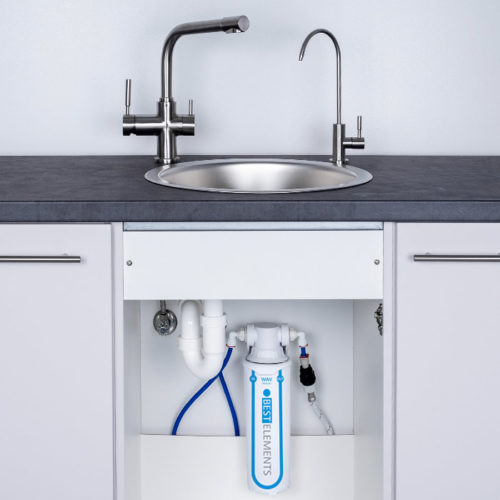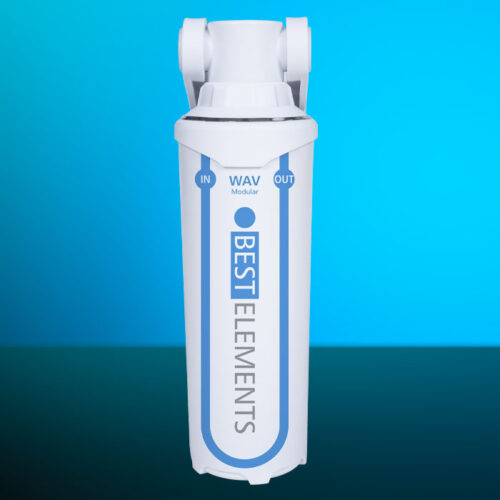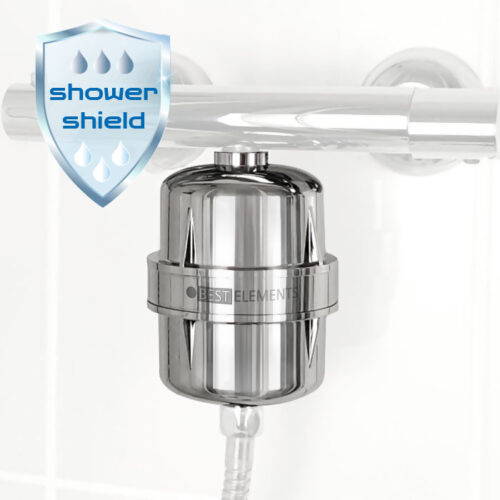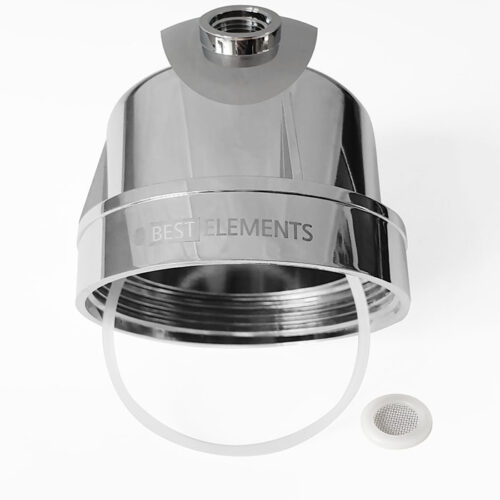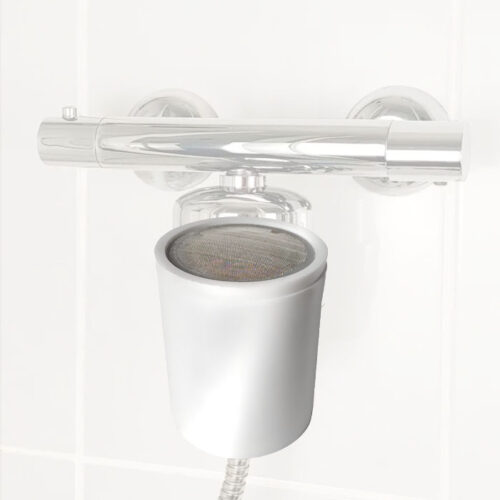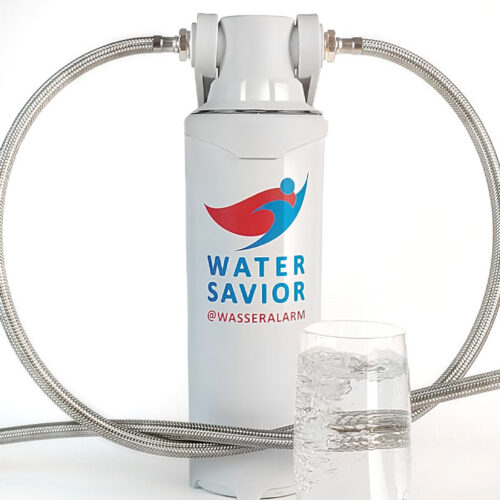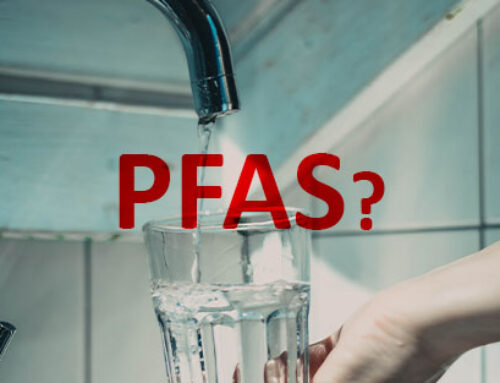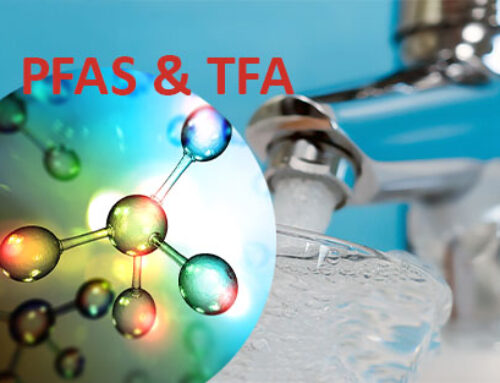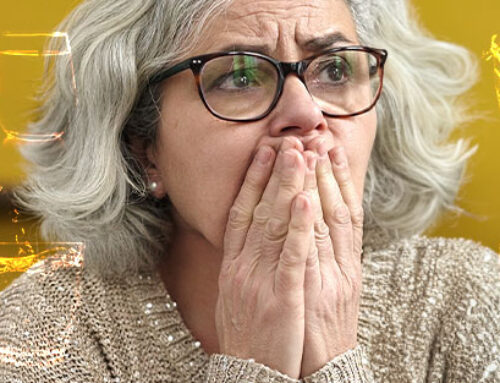Pollutant load from PFC/PFAS
The current exposure to PFC/PFAS in 1,500 cities in Germany is also an opportunity for public TV stations to contribute to discussions and make statements. Experts in an ARD program go into the topic in concrete terms and reveal some frightening details about drinking water, our [quote from the panel of experts] “best tested” food. (which, since a court ruling, can no longer be described as such).
Perfluorinated and polyfluorinated chemicals (PFC) or also called perfluorinated and polyfluorinated alkyl substances (PFAS) or PFT (perfluorinated surfactants) are man-made chemicals that have dirt, water and grease-repellent properties. They are used in clothing, household products, waterproofing sprays and many other everyday products. They are short- and long-chain molecules made up of carbon atoms combined with fluorine atoms.
These substances were accidentally discovered in drinking water at the waterworks after PFC/PFAS from groundwater was contaminated by compost fertilizer used in agriculture, with waste from the paper industry (2004, 2006). Since then, the massive problem has been known. According to the manager of a waterworks in a town of 50,000 inhabitants in Germany, the filters of the waterworks cannot do anything against PFCs.
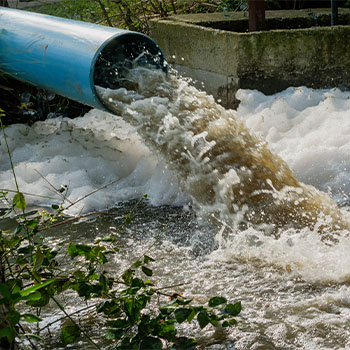
PFC/PFAS characteristics
How dangerous are PFC/PFAS for humans and the environment?
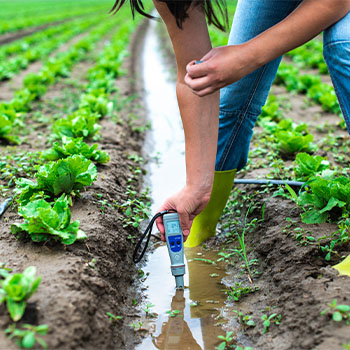
So why are these substances allowed?
The substances have been in use for 50 years, and suspected cases have so far been picked up. The burden of proof now lies with the manufacturers. When it comes to the rating, however, you can’t keep up. Thousands of chemicals can be contained in the water and would first have to be recognized, but due to the quantity, this is only carried out using indicator substances, which then only allow conclusions to be drawn. Official limit values cannot yet be determined.
Obtaining our drinking water
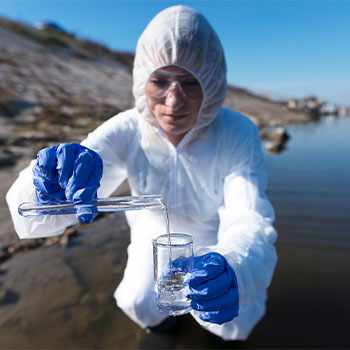
Other pollutants in drinking water
Uranium in groundwater
Uranium is a naturally occurring, radioactive heavy metal that is widespread in soil, rock and water. Depending on the geological origin, it can be found in food, feed, drinking and mineral water.
Nitrate
Nitrate is the substance that endangers and pollutes our drinking water the most. Nitrate gets into the groundwater through animal fattening and liquid manure through agricultural fertilization. It is difficult to lower nitrate levels because agriculture cannot be easily influenced. Less fertilization means less yield and is difficult to enforce.
Drugs: Drinking water with drug residues
- 10-15% of all leftover medicines are disposed of carelessly
- Drugs are excreted from the body
- antibiotics up to 70%
- Flu remedies like Tamiflu 80-90%
- 100% of the diabetes drug Metformin into the environment
- birth control pills
Substances of all pharmacological substance classes can be detected in the water. Complete filtering in the waterworks is not possible. In the case of surface water, we have to reckon with the fact that we ingest these medications and antibiotic substances. Problem for the future: Due to demographic change, more and more people are getting older and are taking more and more medicines, which puts greater strain on the environment and people. What is not yet known is how these drugs manifest themselves in the environment. Effects on aquatic life such as fish populations are already taking place. Experts state publicly that drug concentrations in drinking water are still low and that serious interactions are not yet to be expected.
Problem multi-resistant germs
Multi-resistant germs are detected in surface waters such as lakes and rivers. The emergence takes place in hospitals and in factory farming. 5% of Germans already carry a multi-residue bacterial strain. The immune system keeps them under control, but they become a problem once they get into the blood. Multiresidual germs form new connections with bacteria and this could result in pathogens against which no remedy can help. The probability increases with the number of multi-resistant germs.
Lead in drinking water
Lead pipes were installed in Germany up until 1973 and can still be found in old buildings. This can increase the lead concentration in drinking water. This is particularly dangerous for infants and can damage the nervous system and blood formation. Small connection components in the installation made of lead are already sufficient to achieve critical values in drinking water.
Bacteria: Legionella in water
Life-threatening bacteria form in our house connections and in the water mist when showering. Legionella getting into the lungs via aerosols in the water dust can be dangerous and lead to Legionella infection. Every 10th infected person dies from these bacteria. 1,300 cases were reported in Germany in 2017. The number of unreported cases is estimated to be higher. Legionella multiply between approx. 25-50°C. Owners of single and multi-family houses should increase the hot water to over 70°C every week. Hotel operators and public institutions are obliged to heat up the water.
Bottled drinking water
It cannot be said that bottled water is generally better. Stiftung Warentest and Ökotest have found that a significant proportion of this water is heavily contaminated with residues from agriculture and industry. There are chemicals in there too. Still water is also partly contaminated with germs. On average, Europeans drink 106 liters per person. 4/5 of all Europeans would rather have drinking water from a bottle than from the tap. Production, transport and disposal are a major environmental problem.
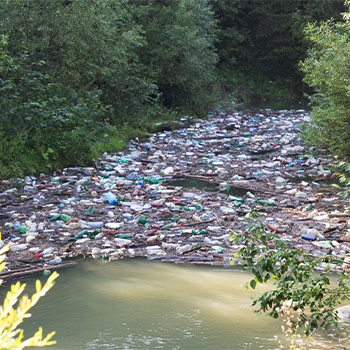
Options of filtering
Filter stages in waste water, sewage treatment and water works
- Mechanical cleaning, solids are removed (food leftovers, hygiene items, wet wipes…)
- Fats and oils are removed by sand and gravel
- Biological purification: Microorganisms break down carbon compounds
- Dry cleaning: Iron salts are designed to remove detergent residue
Sewage sludge: The removed substances are burned, fermented, converted into gases or, subject to certain conditions, applied to the fields as fertilizer.
- Filtering with ozone works against hormone residues to a certain extent, but ozone also creates new problem substances.
- Filtering of PFC/PFAS and treatment with activated carbon granules: The filter medium is porous and can remove critical substances, but after a certain time it is saturated and can no longer absorb any more substances, so it has to be replaced regularly.
- UV irradiation: UV is used for disinfection and kills DNA of parasites. However, the remaining components remain in the water.
- Chlorine/chlorine dioxide for disinfection: If chlorination is only carried out up to 50%, chlorine is said to have no adverse effect. However, many countries in Europe have to operate with 100% chlorine at full load.
Even the head of the water company wouldn’t drink the water if it smelled like chlorine.
European Drinking Water Directive: In the EU Drinking Water Directive, maximum values are set uniformly.
Quellen: Planet Wissen ARD Alpha

